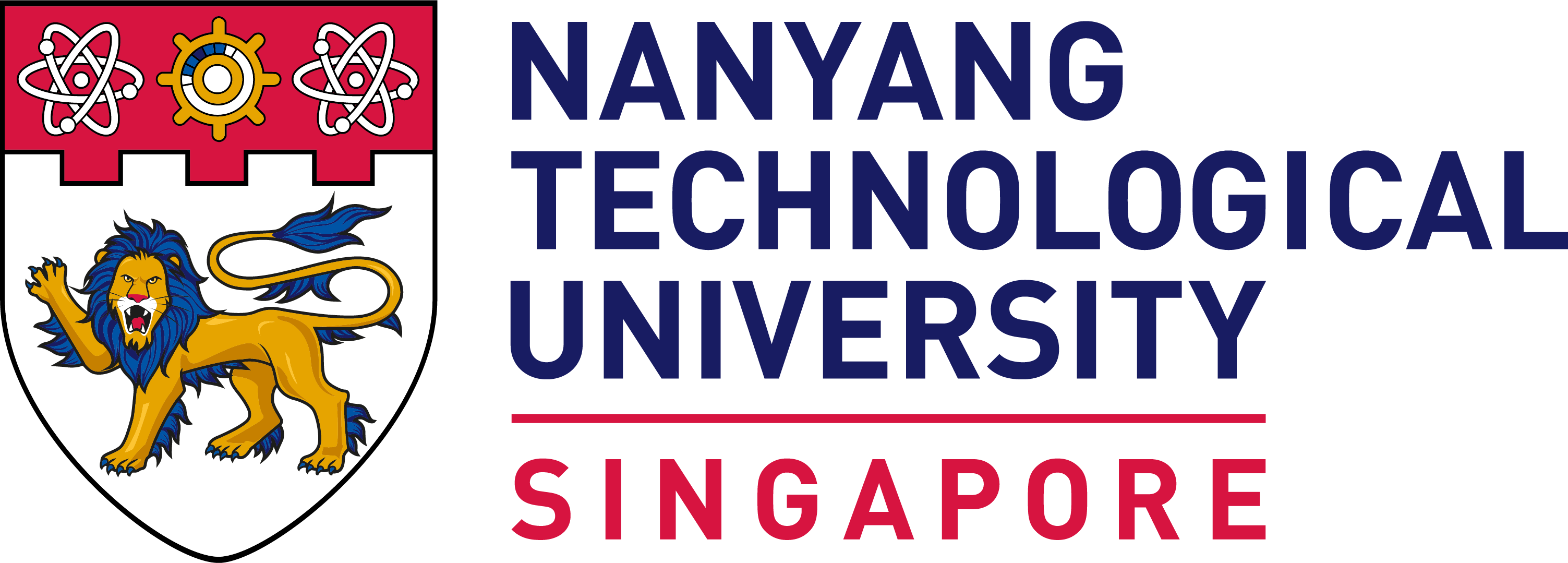Unlocking the Potential of Perovskites: Advanced Crystal Growth and Flexible Solar Applications by Dr Pablo P. Boix and Assoc Prof Francesca Brunetti
IAS STEM Graduate Colloquium Jointly Organised with the Graduate Students' Clubs
The IAS@NTU STEM Graduate Colloquium, held on 26 June 2025, brought together students, researchers and faculty members for an enlightening afternoon focused on cutting-edge developments in halide perovskite materials. Hosted by the Institute of Advanced Studies at NTU Singapore, the colloquium featured two distinguished speakers who shared novel insights into the crystal engineering and deployment of perovskite-based devices.

Dr Boix sharing how controlled crystal growth techniques unlock key insights into halide perovskite materials.
The colloquium opened with a compelling keynote by Dr Pablo P. Boix from the Instituto de Tecnología Química, UPV-CSIC. In his talk titled “Controlled Crystal Growth as a Tool for Unveiling (Some) Secrets of Halide Perovskite Materials and Devices,” Dr Boix explored how finely tuned crystallisation techniques can serve as powerful diagnostic tools. He demonstrated how strategies like humidity-assisted nanocrystal formation and additive-controlled crystallisation enable high-performance films with robust structural properties. His presentation emphasised how these techniques help reveal critical internal mechanisms such as phase evolution and ionic recombination processes, essential for advancing optoelectronic devices like solar cells, memory devices, and light emitters.

Assoc Prof Brunetti presents flexible perovskite solar cells and their innovative applications for space.
Following this, Assoc Prof Francesca Brunetti from the University of Rome Tor Vergata delivered an equally engaging presentation titled “Where Flexibility Counts in Perovskite Solar Cells: An Overview of Their Use in Unconventional Environments from Indoor to Space Applications”. Prof Brunetti highlighted the remarkable potential of flexible perovskite solar cells (f-PSCs), particularly in lightweight, high-performance applications spanning from wearables to outer space. Her research showcased impressive durability metrics, such as a printed carbon perovskite photocapacitor with 99% coulombic efficiency and retention beyond 6000 cycles. She also introduced integrated photovoltaic-capacitor systems that unify energy harvesting and storage into a single flexible device.

A lively Q&A on perovskite device challenges wraps up the session.
The session concluded with an active Q&A segment, where attendees discussed challenges and future directions in the field of perovskite optoelectronics. Topics included the stability of tin-based perovskites, additive engineering for long-term device reliability, and the commercialisation outlook of perovskite-based technologies.
Overall, the colloquium provided a unique platform for knowledge exchange and interdisciplinary networking among the graduate community, emphasising NTU's commitment to fostering research excellence at the intersection of materials science, nanotechnology, and sustainable energy.

Written by: Gong Xiangxin | NTU School of Electrical and Electronic Engineering Graduate Students' Club
“I particularly enjoyed learning about alternative perovskite compositions and its functions and applications" - Ong Wei Xun Nicholas (PhD Student, MSE)
“I like the uniqueness of their research and their motivation towards sustainability and scalability” – Lye Yu Zhe (PhD student, MAE)
Watch Recording here.








